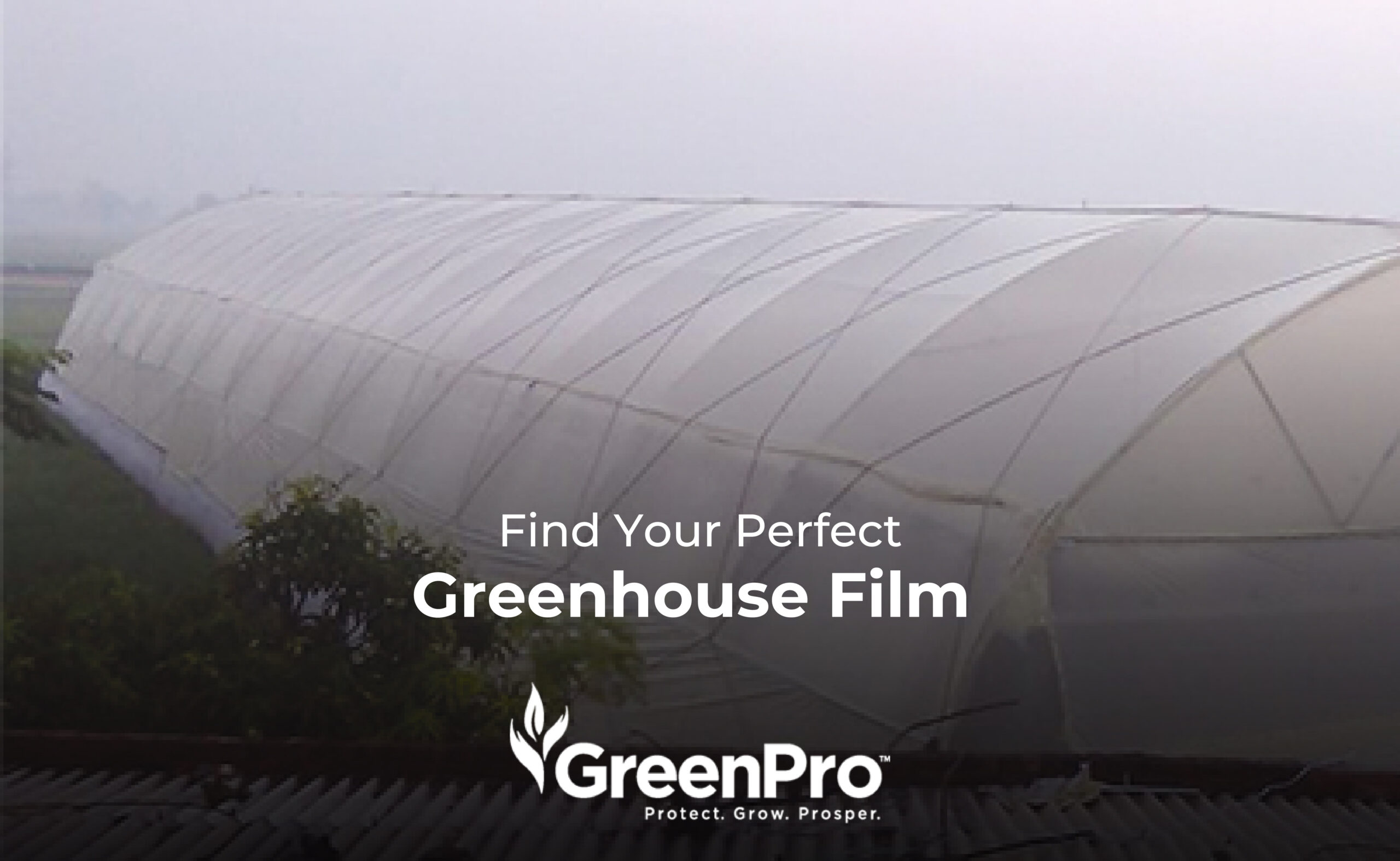Types and Advantages of Greenhouse Film

Creating the perfect environment for plants helps them thrive. Greenhouse plastic film plays a crucial role in achieving optimal growing conditions, influencing everything from light transmission to temperature control. But with a variety of film types available, choosing the right one can feel overwhelming.
Here you will get knowledge about the world of greenhouse plastic film. We’ll explore the most common types, their unique benefits, and how they can help you achieve superior results in your greenhouse.
Common Greenhouse Film Types
- Clear Polyethylene Film: The clear polyethylene offers exceptional light transmission, making it ideal for maximizing plant growth and photosynthesis. It’s cost-effective, readily available, and perfect for greenhouses situated in regions with ample sunlight. However, clear film can allow excessive heat build-up in warmer climates and offers minimal insulation during colder months.
- White Diffused Polyethylene Film: This film provides a gentler touch. While still allowing for significant light transmission, white diffused film scatters sunlight more evenly, preventing scorching on delicate plants. It also offers a degree of insulation, helping to maintain a more consistent temperature within the greenhouse.
- Co-Extruded Greenhouse Film: This advanced film incorporates multiple layers of polyethylene, each with specific properties. For instance, a common combination is a clear inner layer for light transmission, sandwiched between outer layers infused with UV inhibitors for extended film life and heat control additives for enhanced insulation.
- Woven Poly Film: This heavy-duty option offers exceptional strength and tear resistance, making it ideal for withstanding harsh weather conditions. Woven poly film can be used as a single layer or incorporated into double-layered systems with an air gap for improved insulation. While it doesn’t possess the light-boosting properties of other films, it helps in protecting your valuable crops and equipment.
- IR Thermal Film: Designed for heat retention, IR thermal film incorporates additives that trap infrared radiation (heat) emitted from the sun and plants within the greenhouse. This provides a warmer environment, perfect for extending the growing season in cooler climates or cultivating heat-loving plants.
Specialized Features for Enhanced Performance
Many greenhouse plastic films come equipped with additional features to optimize your grow operation. Here are some key considerations:
- Anti-Drip/Condensate Control: This technology prevents condensation from forming droplets that can drip onto your plants, potentially inviting disease. The film allows moisture to form a sheet that runs down the sides, minimizing the risk of fungal growth.
- UV Protection: Greenhouse films are treated with UV inhibitors to prevent excessive sunlight degradation. The lifespan of a film can vary depending on the UV protection level, typically ranging from 6 months to 4 years.
- Light Diffusion: Diffused films scatter light, reducing hot spots and promoting even plant growth. The level of diffusion can vary, so choose a film that best suits your specific needs.
Here at GreenPro Ventures, we understand that every greenhouse operation has unique requirements. Our team of experts is here to help you select the optimal greenhouse plastic film for your specific growing environment and crop types.
Contact us today to discuss your needs!
